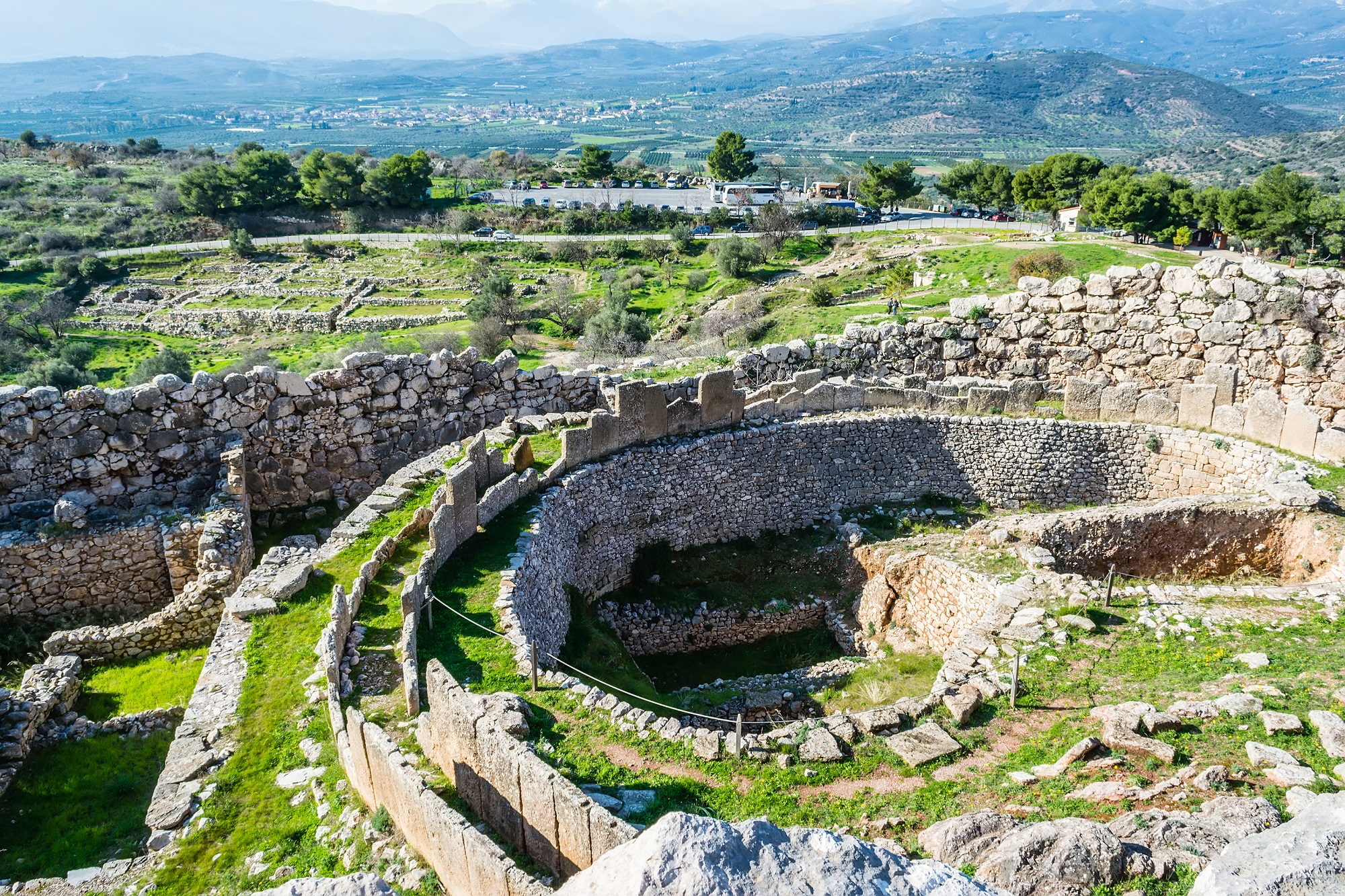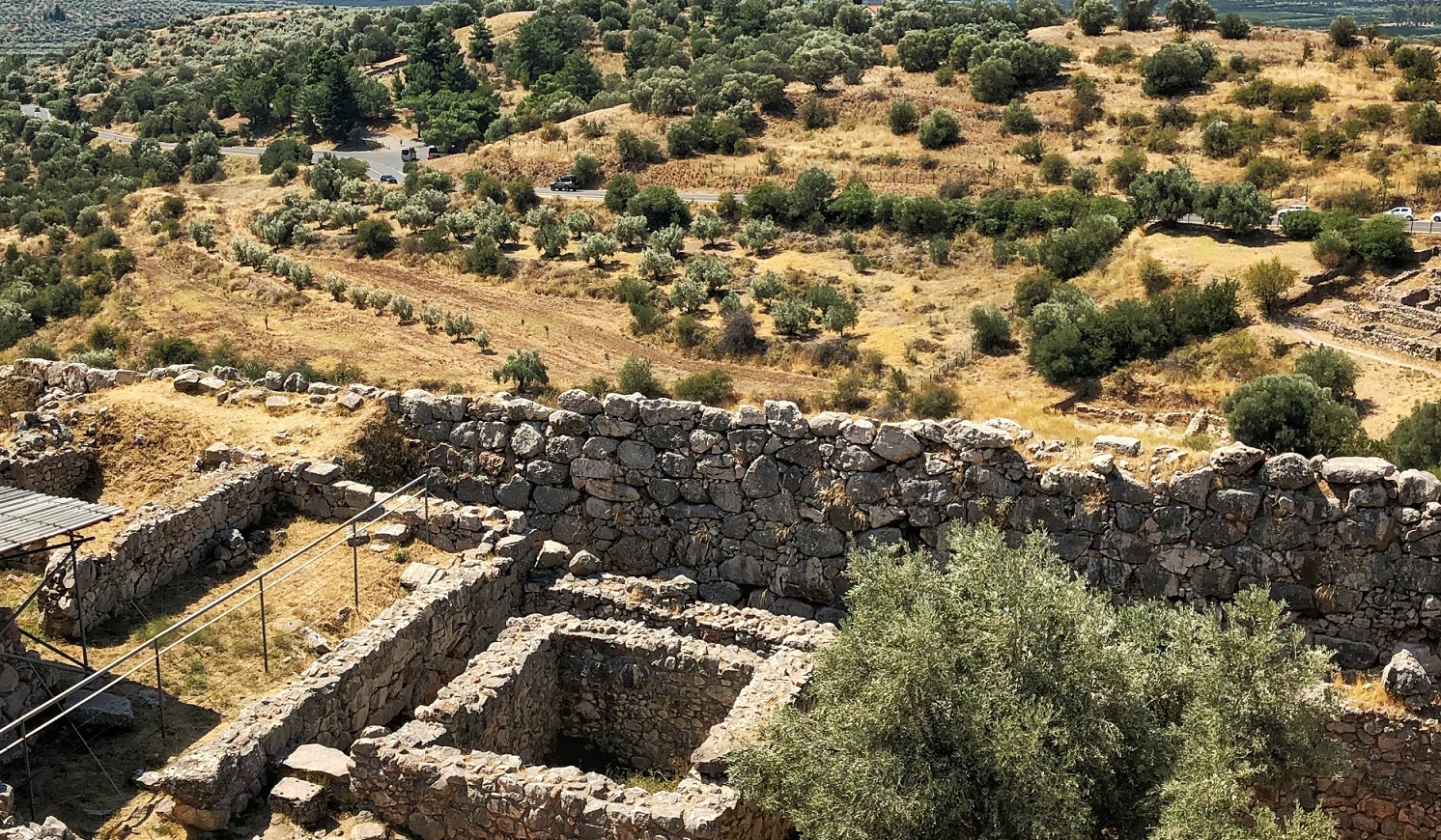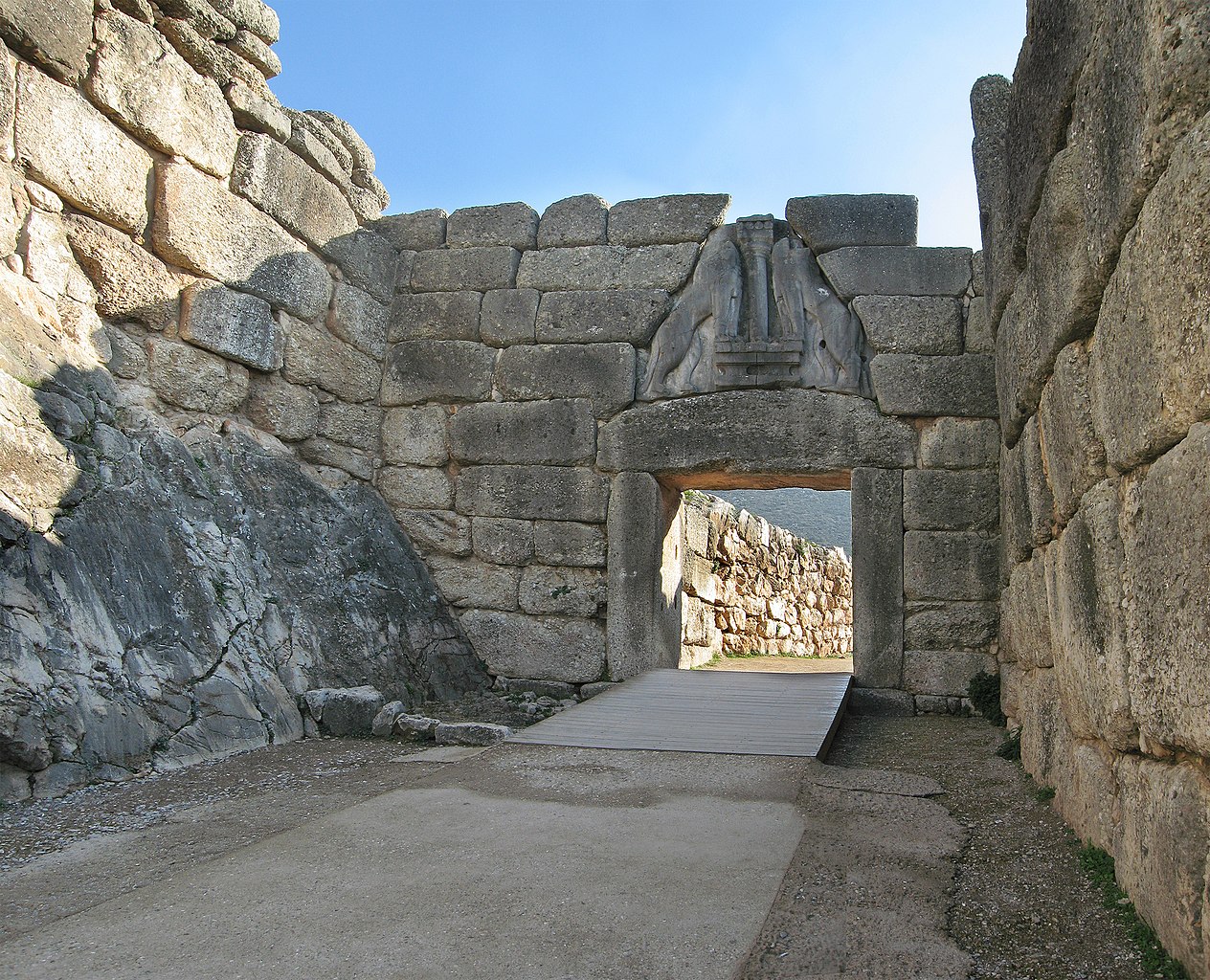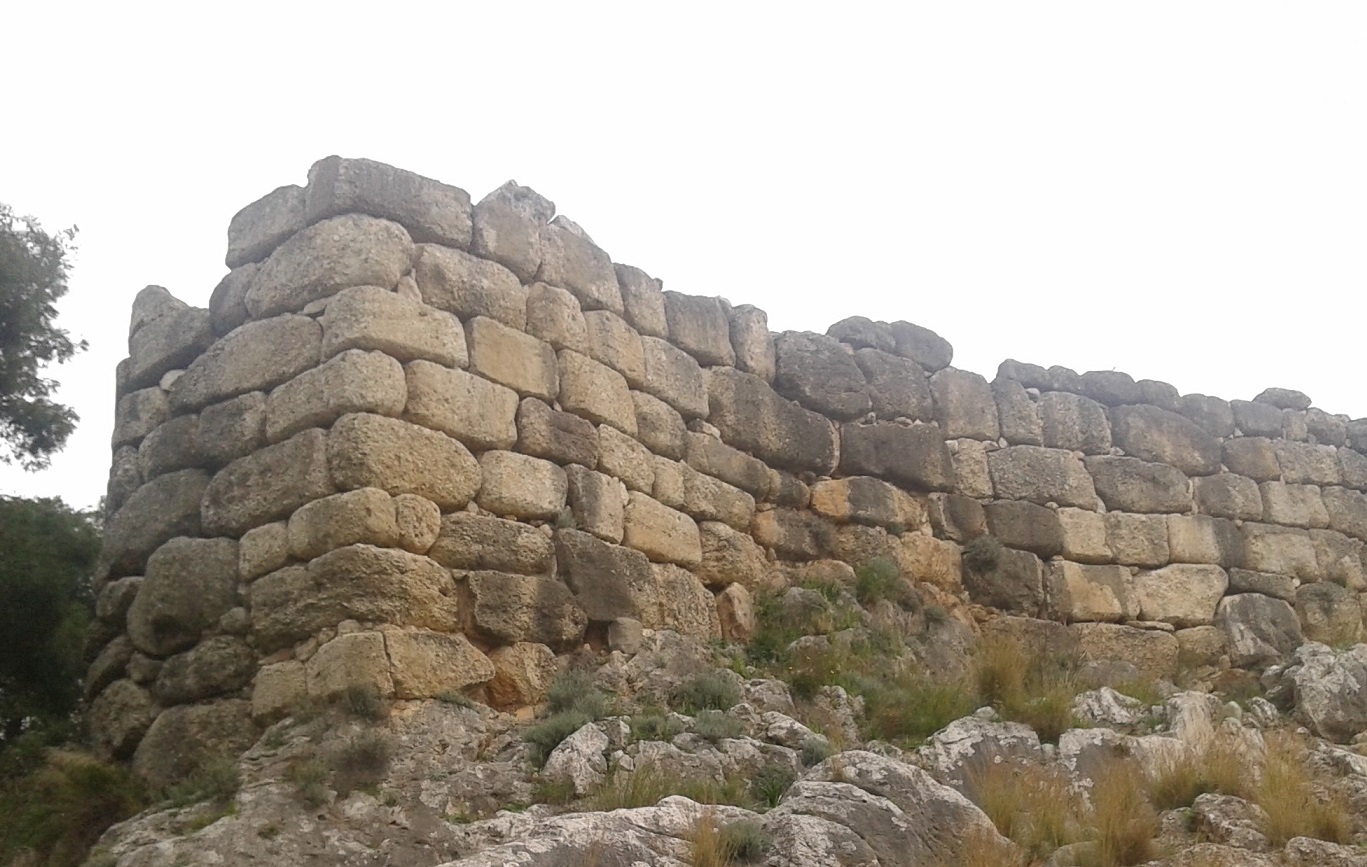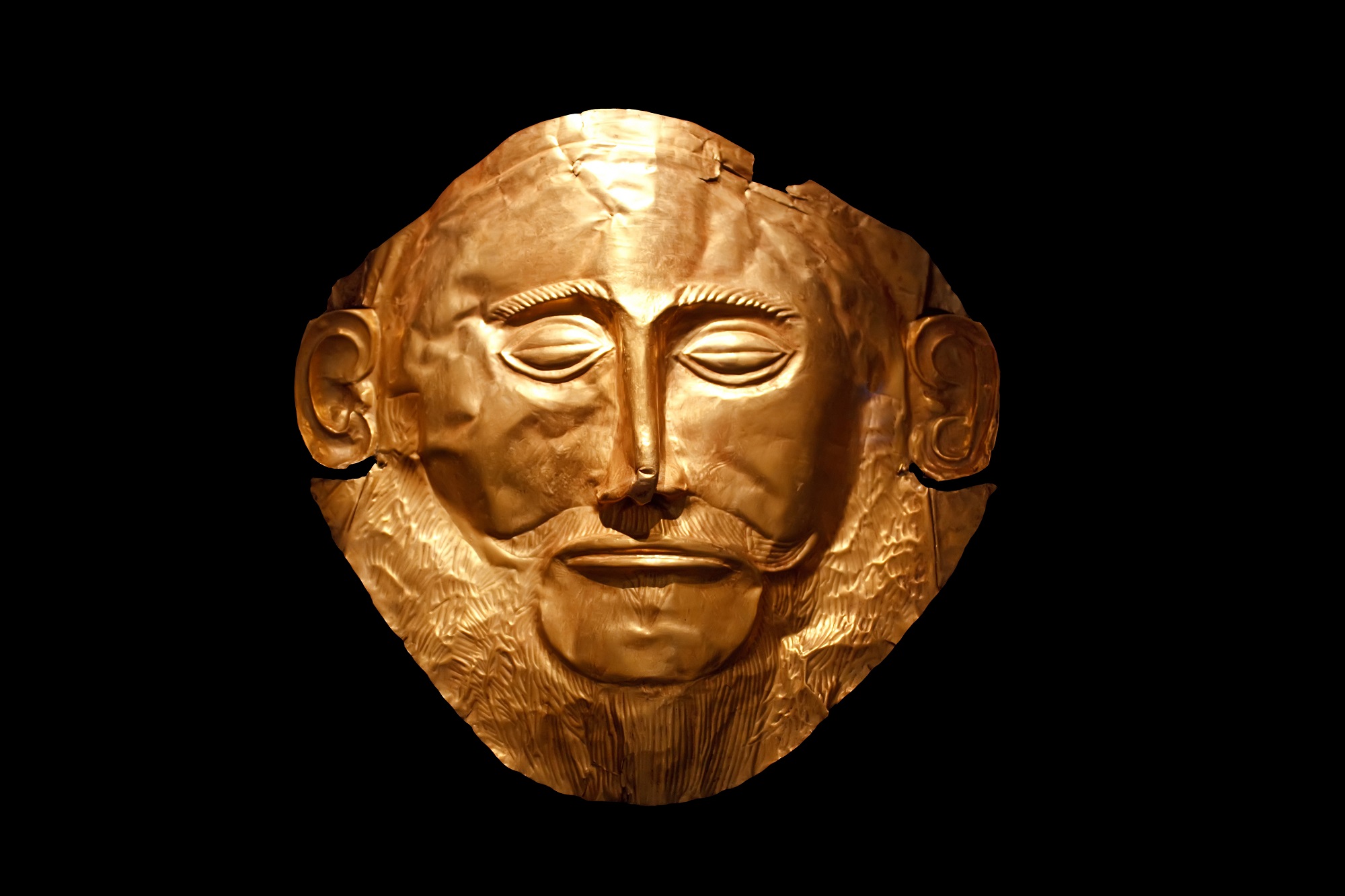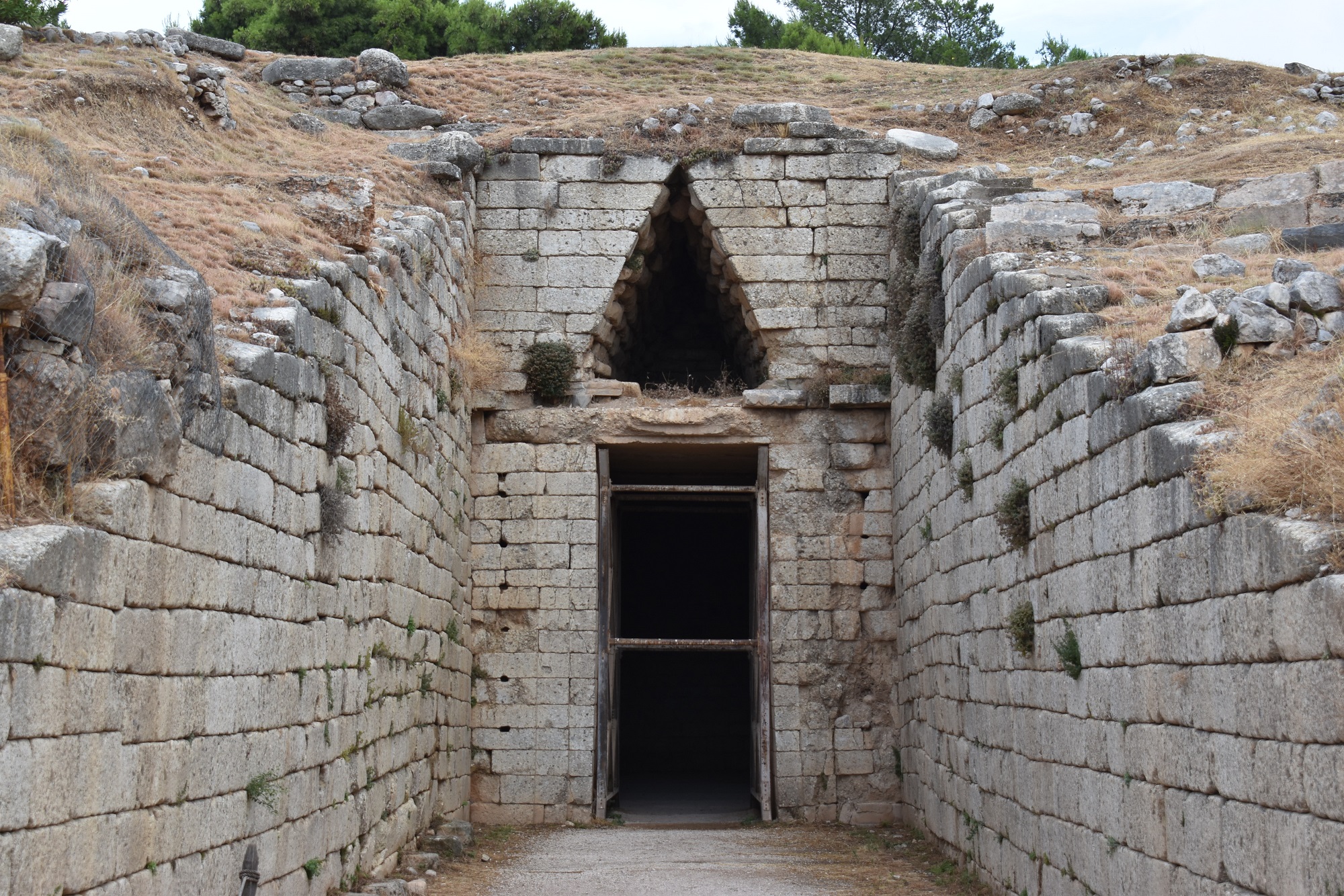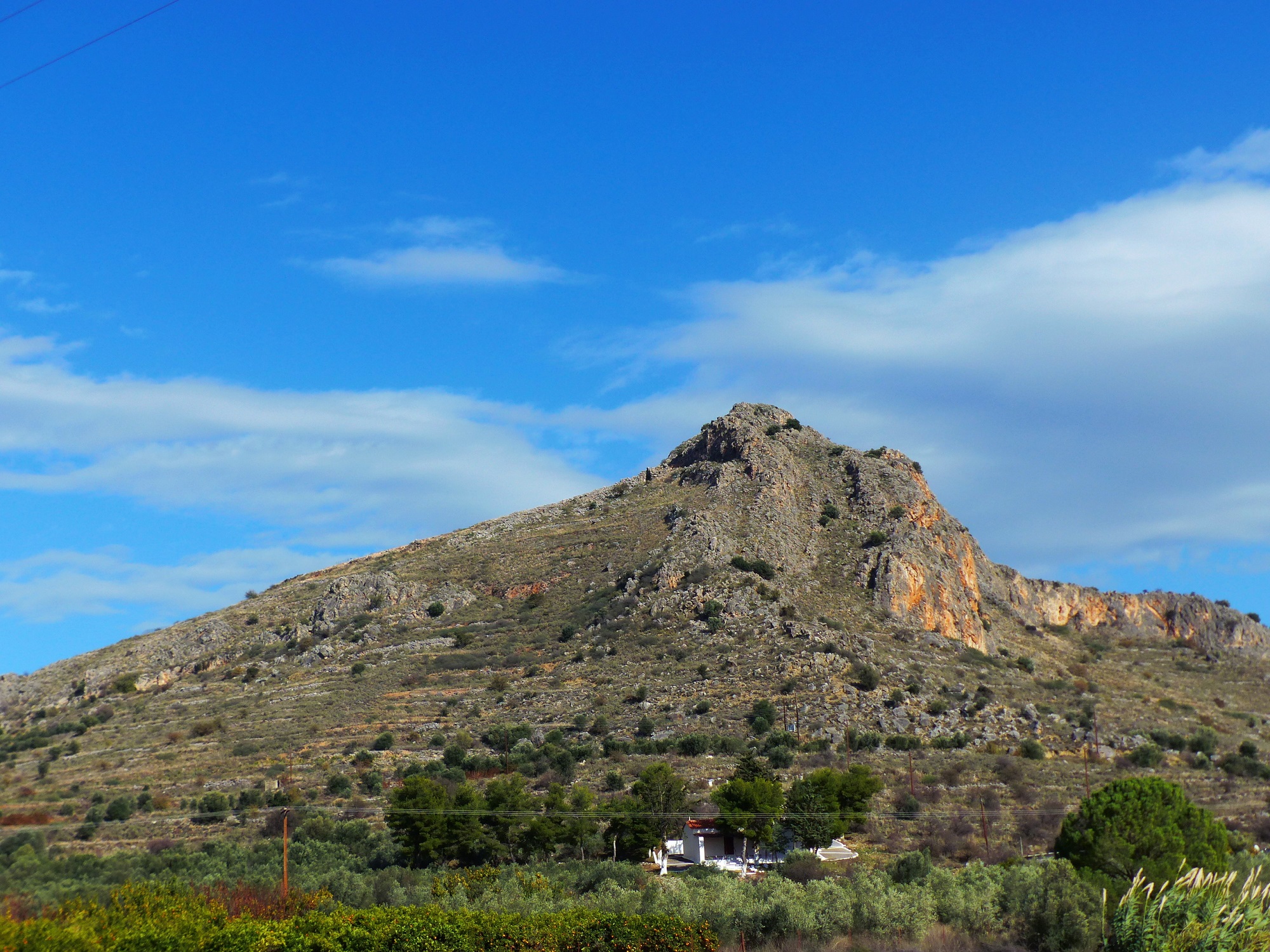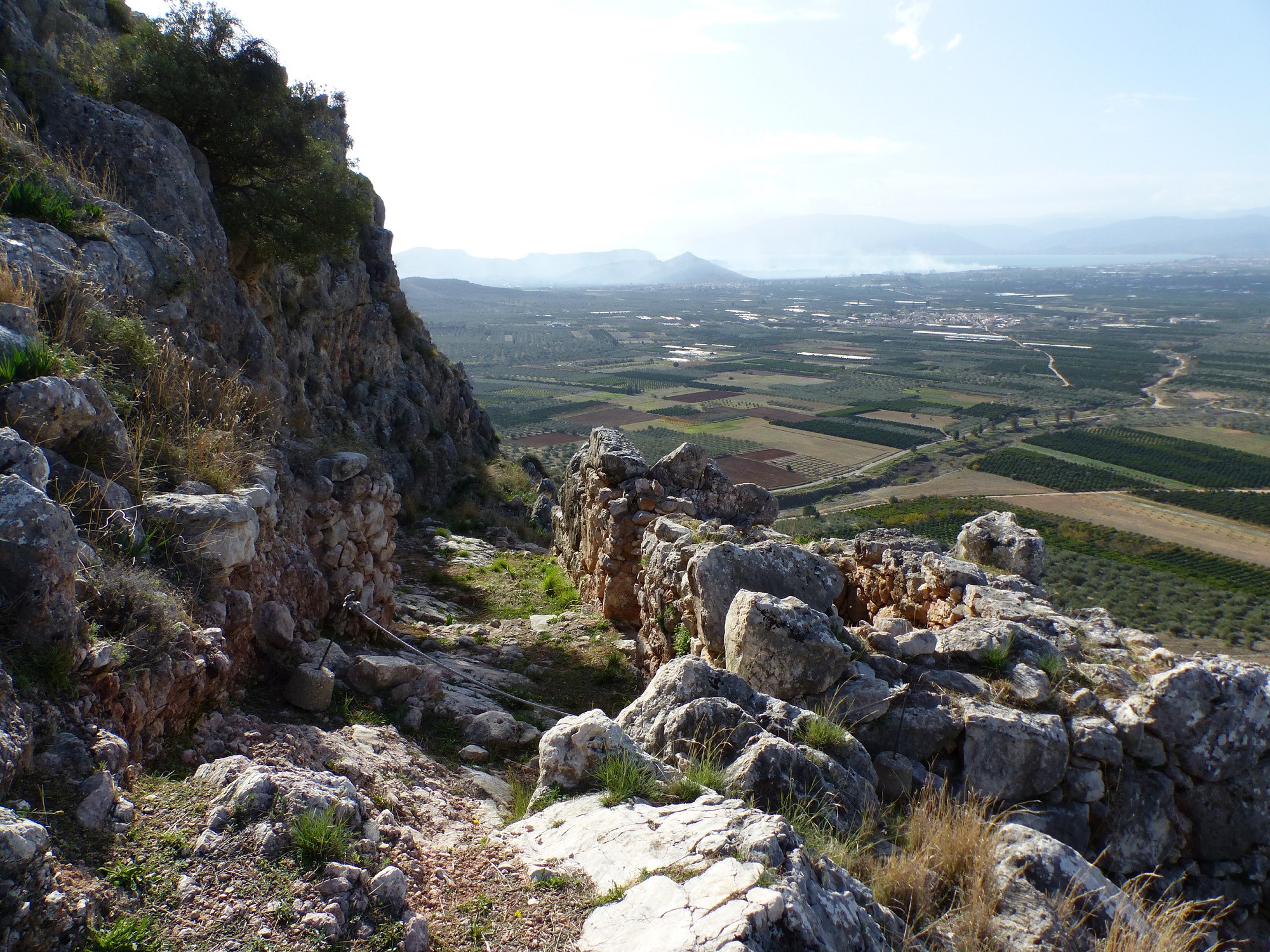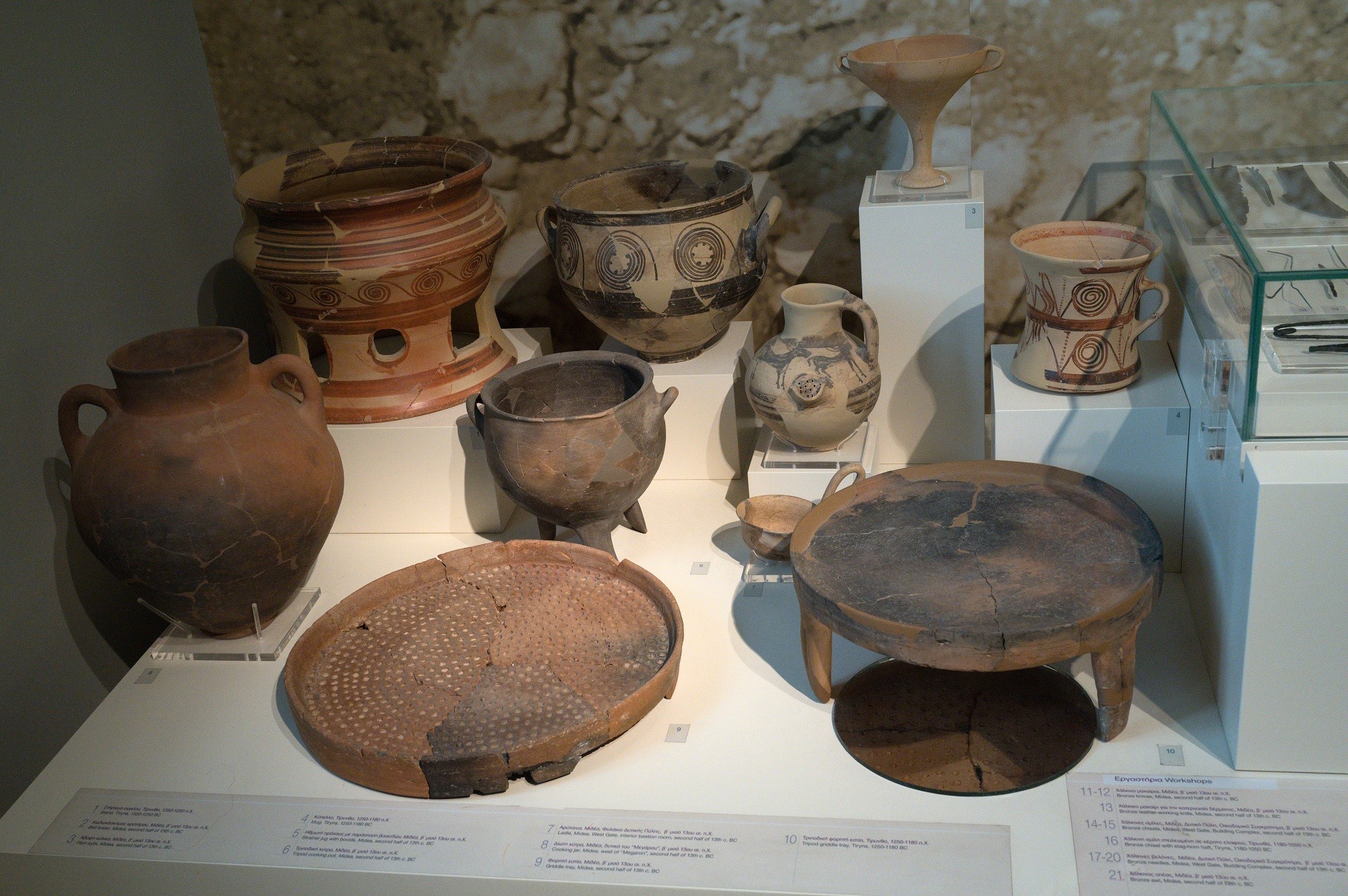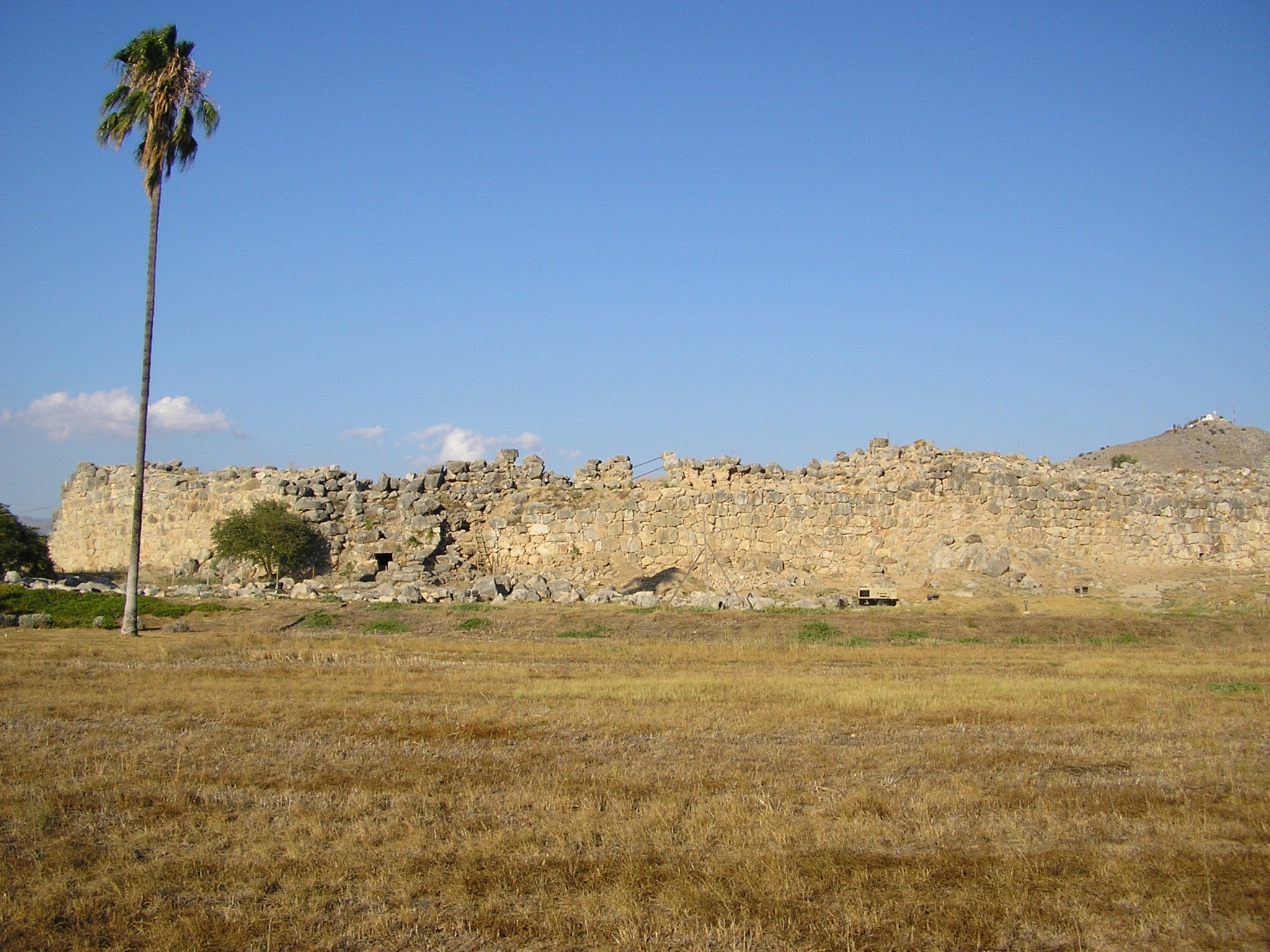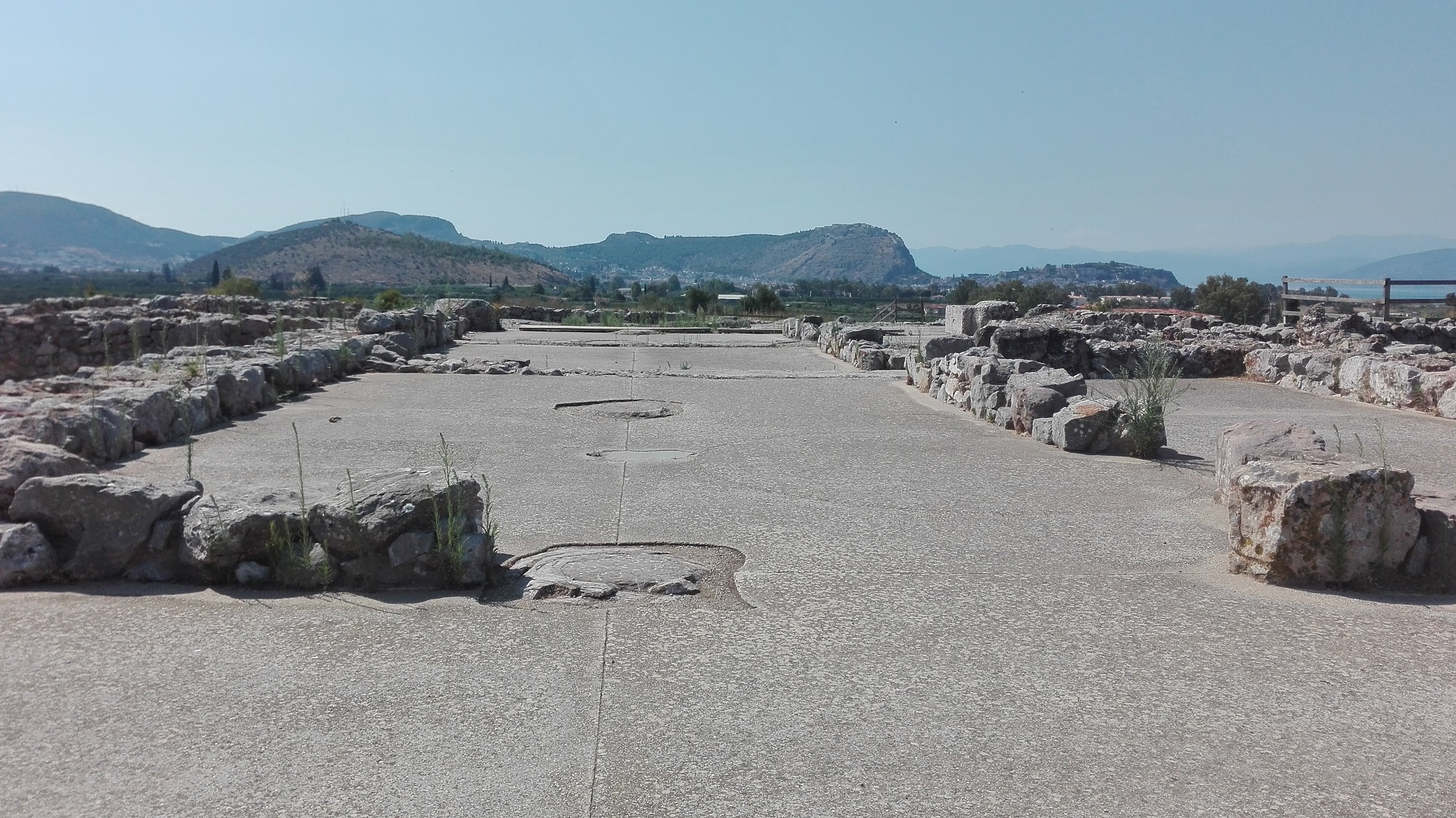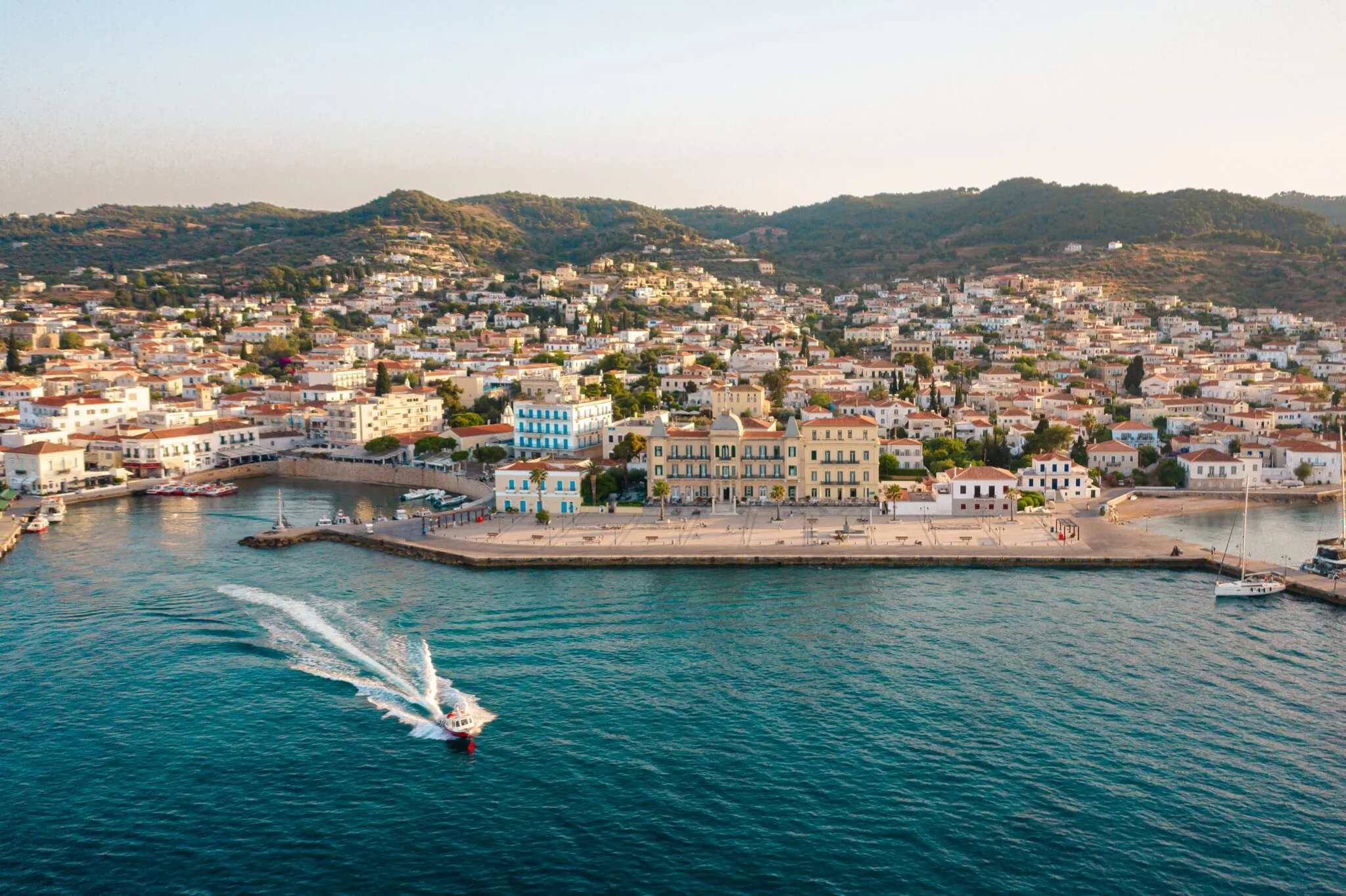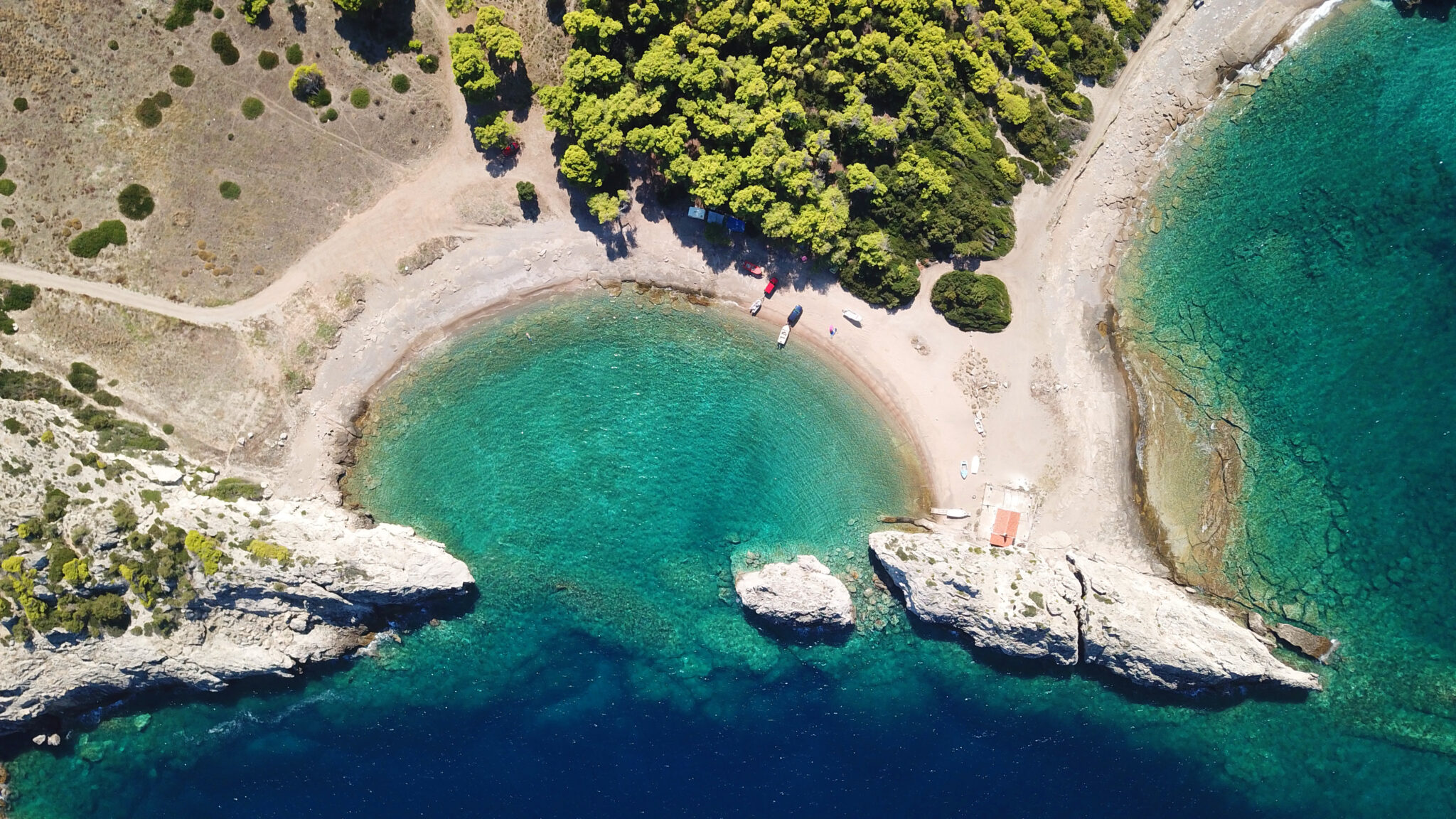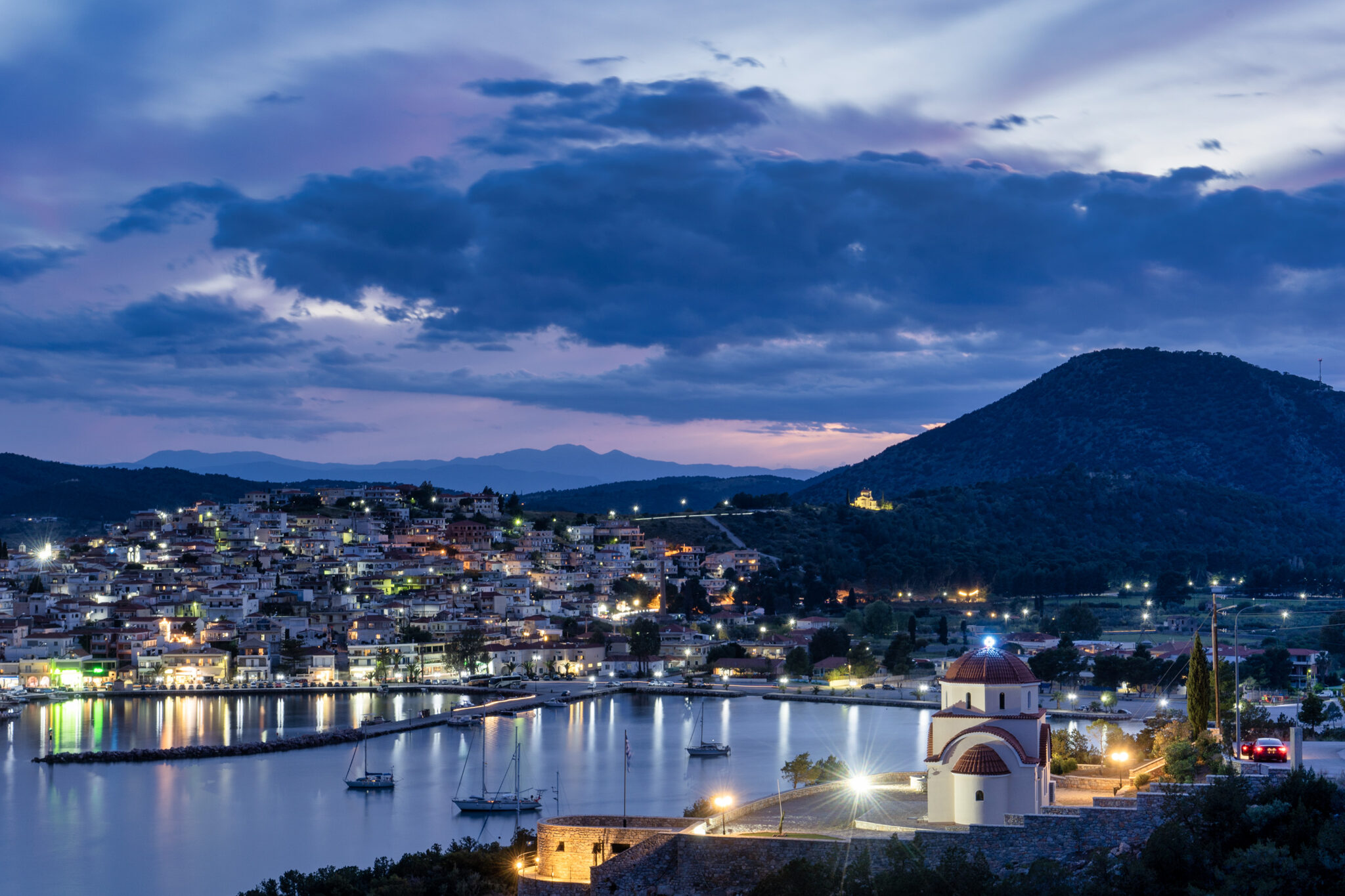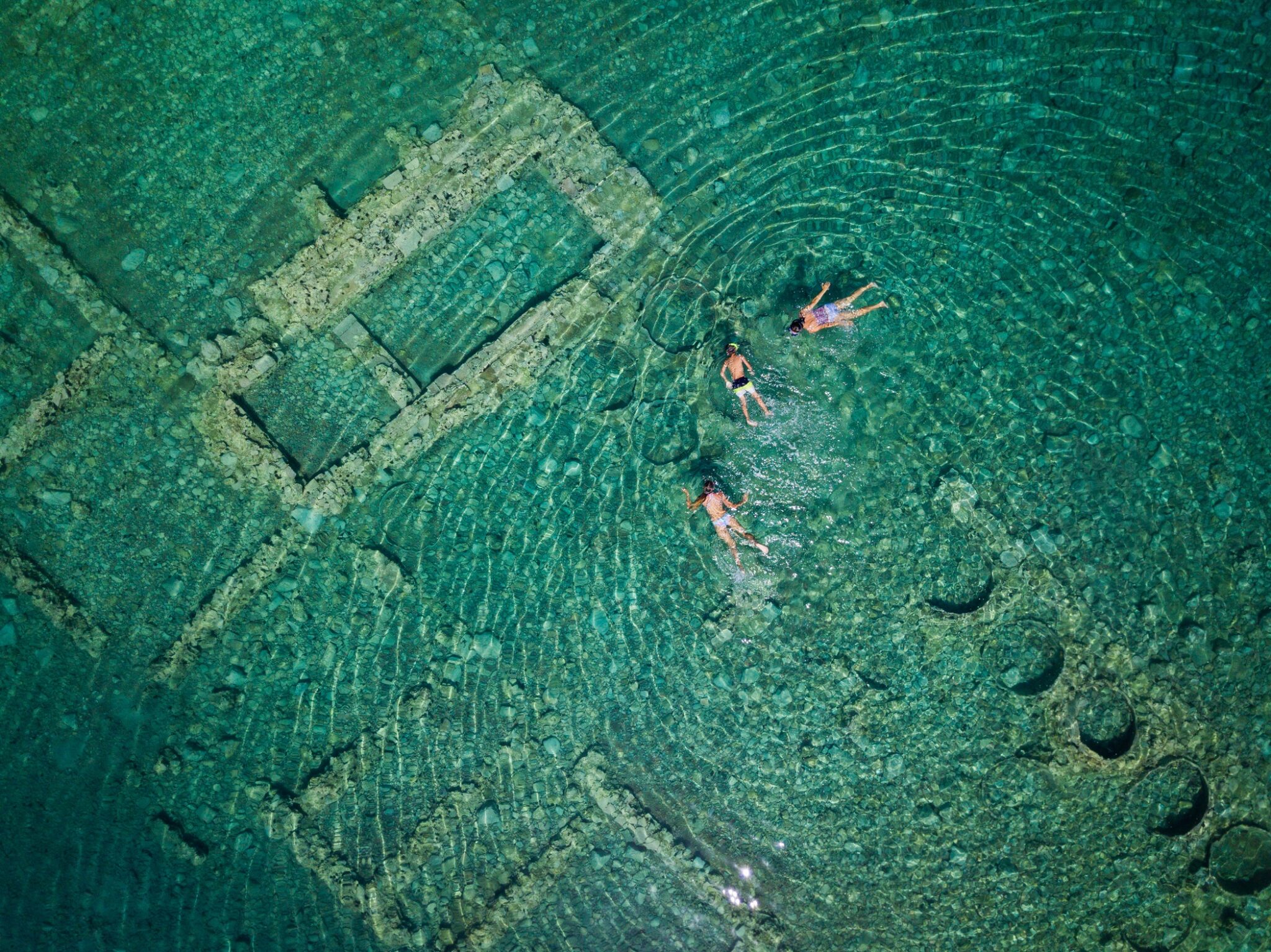January this year, marked the anniversary of the 200 years since the birth of Heinrich Schliemann, and an exhibition in his honour opened in Berlin that will run till October. * He was the person responsible for the excavations that brought the Mycenaean world from the land of Homeric fiction to historic reality and the present.
Of course, centres of the Mycenaean civilization – that thrived between 1600 and 1200 BC– are not found only in the area of Argolis: there are remains of Cyclopean walls in Pylos, Thiva, Glas, Orhomenos, Sparta, Nihoria, and maybe even in Athens, that show how widely they had spread on the Greek mainland and the Peloponnese.
But Homer’s epic poems and the ancient tragedies that describe the hardships of the Atreidai clan, link them with Argolis, especially through the leader of the Achaeans during the Trojan War, King Agamemnon.
There are three fortified Mycenaean acropolises in Argolis. The world-famous Mycenae, that is one of the most significant archaeological sites in Greece, a place where many schools from Athens go on field trips, since Homer’s “Rich in Gold” Mycenae is only 120 km from Athens. Then, there’s the almost obscure acropolis of Midea, in the middle of the endless orange orchard of Argolis, and the understated and almost “ignored” Tiryns, by the road on the way to Nafplio.
The route below starts in Athens and aims to take you to this “triangle” formed by the three acropolises, following the smaller roads possible. After all, passing through villages and fields may help you slowly decompress and release daily life’s stress and tension.
Mycenae
Driving on the Athens-Tripoli national road, take the exit to Dervenakia, go through the downhill turns towards Argos, pass a nice creek with plane trees and the tavern “To Hani tou Anesti” on your right (they serve charcoal-grilled meat, skewered meats, roast lamb and mutton), and you’ll see the sign towards Mycenae on your left. It’s a beautiful road with elm trees, not very busy, that will prepare you for the legendary site.
Then you’ll pass through the village of modern-day Mycenae and will have to go up to the entrance of the enclosed archaeological site. The hill on which the fortified acropolis of Mycenae stands is steep and not easy to climb, at 128m altitude, with bushy vegetation. You’ll feel awe when you face the Lion Gate – a unique megalithic monument – and the Cyclopean walls that surround the hill ( on average 5.50m thick) built with huge blocks of rock. Makes one wonder whether it was built by humans or semi-gods.
Before you explore the sights in the area, stand for a moment to admire the lovely, unobstructed view. In the distance you’ll see Palamidi, on the left you’ll see Larisa, Argos, and the Argolic Gulf. In front of you, there’s a clearing that fades into the horizon. Of course, when the Mycenaeans were building the walls they wouldn’t be seeing – like you do now – the cars on the new Athens-Tripoli national road. They would however see anyone approaching on land or by sea to attack them, so they had time to prepare their defence, in their impregnable castle.
After you cross the Lion Gate, you’ll see the so-called Grave Circle A where the royal cemetery is located: this is where Schliemann discovered the shaft graves with the many tomb offerings, as well as the gold death-mask attributed to Agamemnon. Modern archaeological research has shown that the mask dates back to 1550-1500 BC, that is about three centuries before the time Agamemnon is supposed to have lived. Nevertheless, it’s an impressive finding that is on display at the National Archaeological Museum of Athens (tel.: 0030 21 3214 4800).
Following in the steps of the Mycenaean kings on the main paved street, you’ll reach the top of the hill. That is where the palace with the throne room is located – the circular hearth still survives. Heading north, walking among the remains of workshops and houses, you’ll come across the underground water tank. If you go down the steps, you’ll be impressed by how well-made it is. Among other things, it shows how well-prepared Mycenaeans were in case of an attack, since they had a water supply that would last them a long time.
The tholos tombs of Clytemnestra and Egisthos are located within the walls, while outside the main archaeological site, you can enter the most impressive tholos tomb in Greece – the Treasure of Atreus or Agamemnon Tomb. All three of these burial spaces are located in huge circular halls with a dome. Shiny and clean, there’s nothing giving away the drama, the blood and the passion described by Aeschylus in ‘Oresteia’. It’s almost disappointing to not see the ghost of Clytemnestra murdering arrogant Agamemnon or Orestis then fighting the Erinyes.
The Archaeological Museum of Mycenae (tel.: 0030 2751 076585) is also located there. You can learn about the history of the excavations and the findings and see objects from tombs from the wider area. Everything is arranged by theme about life in Mycenae – not everyone was king, after all – and about the burial traditions and customs of the time.
At Midea
Leaving Mycenae behind, get back on the road with the tall elms that leads to Nafplio, bypassing Argos. On your left you’ll pass the villages Ireon, Anifi, Agia Triada, Poulakida and Panariti. There’s a sign, 9km from Mycenae, that shows you should go left to Midea.
Go up the bare hill, bypassing the village Dendra on the left, with the Mycenaean cemetery. Just before you reach the top you’ll also see the small church of Agios Thomas, surrounded by pine trees. You’ll have reached the back of the Mycenaean acropolis. To get to the main entrance, you need to keep on the road, passing by the modern-day Midea – formerly known as Kerbesi – : at the crossroads turn right, going up again, and follow the sign towards Midea’s castle.
From the 170m of the bare, conic hill – that is completely steep on the one side – you’ll see Midea, the neighbouring villages (Amigdalitsa, Manesi and Dendra), as well as the Argolic plain almost in its entirety, up to Nafplio and Mili with the legendary souvlakia. It’s a majestic view, that takes the breath away, and it explains the location of the Mycenaean acropolis: located between Mycenae and Tiryns, it guarded the ancient passage towards Epidaurus, overlooking the entire plain of Argolis.
A few decades ago, visitors would hear that this is where the golden chariot of the witch-queen Medea was hidden, that there was a secret tunnel that led to Korinthos and various other similar strange, confusing and charming stories. Midea has been mixed up with Medea, a very rare sculpture of a chariot-riding goddess discovered by archaeologists, which has turned into a golden chariot, while the huge underground aqueduct within the acropolis walls has inspired stories about underground tunnels.
Today, the visitors see the Cyclopean walls that surround the top, as well as two facing gates, the east and west one, the bastion, the tunnel we’ve already mentioned, and various houses decorated with lovely murals, many thousand years old. A very important finding is a clay seal with a scene of a lion attacking a bull, as well as inscription in Linear B scripture that includes the word ‘megaron’ (it means mansion) that shows the continuity of the Greek language.
When you leave Midea, you should stop at the village Dendra, at the homonymous archaeological site where the cemetery of ancient Midea is located. You’ll be left speechless when you see the skeletons of horses in the tombs. To see a soldier’s full armour – whose helmet resembles those from the tholos tombs of Mycenae – you need to visit the Archaeological Museum of Nafplio (tel.:0030 2752 027502), which is where the rest of the findings of the Midea acropolis are displayed.
At Tiryns
Get back on the road you came from and stay on it until the crossroads, where you should head towards Nafplio. At some point, on your left, you’ll see the acropolis of Tiryns on a small, rocky hill, 16m tall, near the modern-day village Nea Tirintha. This hill was fortified with walls similar to those of the acropolises of Mycenae and Midea, walls believed to have been built by actual Cyclops, since Tiryns is the oldest Mycenaean fortress in Argolis.
Inside the acropolis there was the palatial complex, spaces of worship, residences, warehouses and workshops. There have been many excavations here since Schliemann discovered it. The excavations of the German Archaeological Institute have been quite thorough, and since 1967 they’ve brought the entire upper and lower acropolis, part of a Mycenaean town in the wider area around the walls, and part of a necropolis dating to the Iron Times to light.
French author-historian Jean Alexandre Buchon, in his book on the Greek mainland, describes Tiryns in the following way: “Tiryns is just a stone’s throw from Nafplio. It was built on a small hill at the edge of the Gulf of Nafplio and from there one could watch the plain of Argos and parts of land that surround the gulf on both sides, up until the march of Lerni, and see boats and ships in the distance, heading towards the port of Nafplio. The walls surround the hill and are an imposing structure. Inside the acropolis of Tiryns today, there is a field were exceptional tobacco is grown, while on its slopes and even on the plain there are vines that make, it is said, very good wine.”
Let’s grab a bite to eat
Since the French scholar talks so highly of the local wine, it’s a good idea to try the local cuisine today. Ask for the mutton (gkiosa), that is cooked in a wood-burning oven for many hours, without any condiments or spices. Also, look for the local pasta called goges, that are traditionally served with burnt olive oil and local dry mizithra cheese.
Another tasty local dish is ‘bogana’: lamb in a Dutch oven cooked for many hours in low heat with whole potatoes. Finally, another common dish in the area is a whole grilled chicken with lemony sauce, served with fries. If you want to eat one of the above dishes in particular, make sure you call the tavern you’re going to, because they are not always available.
Some places where you can have the above dishes are:
‘O Kotros’ (tel.: 0030 27520 44054) in Midea, opens at 7 pm
‘Birbos’ (tel.: 0030 27520 44571, 6942 630903) in Panariti
‘Psiras’ (tel.: 0030 27520 24117, 697 2201096), 22 25th Martiou str, Nafplio
‘Ta Fanaria’ (tel.: 0030 27520 27141), 13 Staikopoulou str, Nafplio
‘O Psalidas’ (tel.: 0030 27520 61814, 699 8787573), Lefkakia, Nafplio
‘Spilia’ (tel.: 0030 27510 62300) on the road between Argos and Mili.
* The exhibition “Schliemann’s Worlds”, to mark the 200 hundred years since Schliemann’s birth will be on display on the James Simon Gallery and the Neue Museum until October. It will showcase the life of the person who, inspired by Homer’s epic poems, discovered Troy, Mycenae, Tiryns and Orhomenos. The National Archaeological Museum has lent 123 objects for the exhibition, while the Numismatic Museum has offer recorded material, information and photographs of the building known as ‘Iliou Melathron’, the palace that Schliemann built in the centre of Athens in 1880, to live with his second wife, Sofia Egastromenou and their children Andromachi and Agamemnon.
Read also:
Kranidi: A small town in Argolida with unusual island charm
Porto Hydra, settlement 2 ½ hours from Athens, with Venice-style canals
Lichada peninsula: Τhe green-blue part of North Evia that resembles a tropical destination



